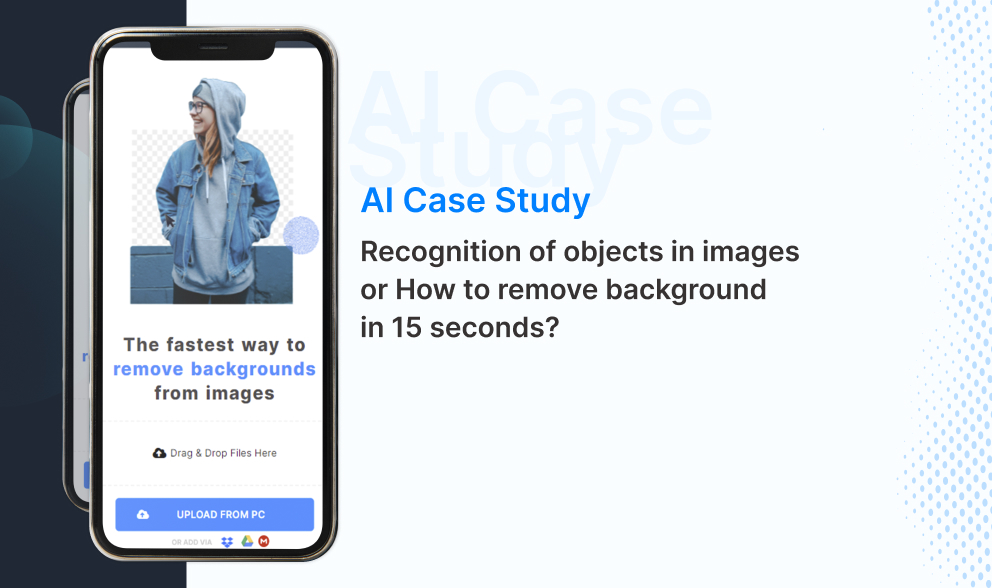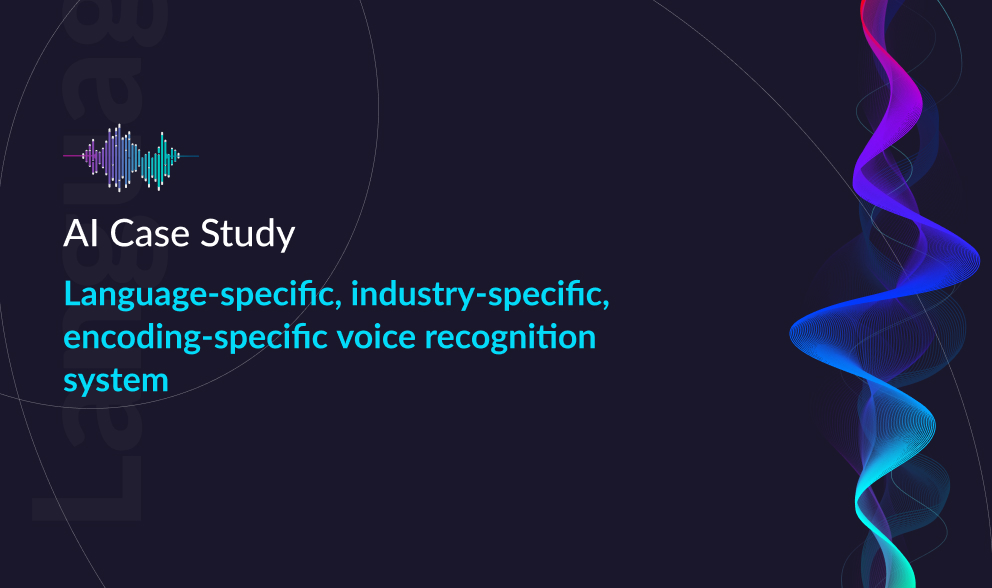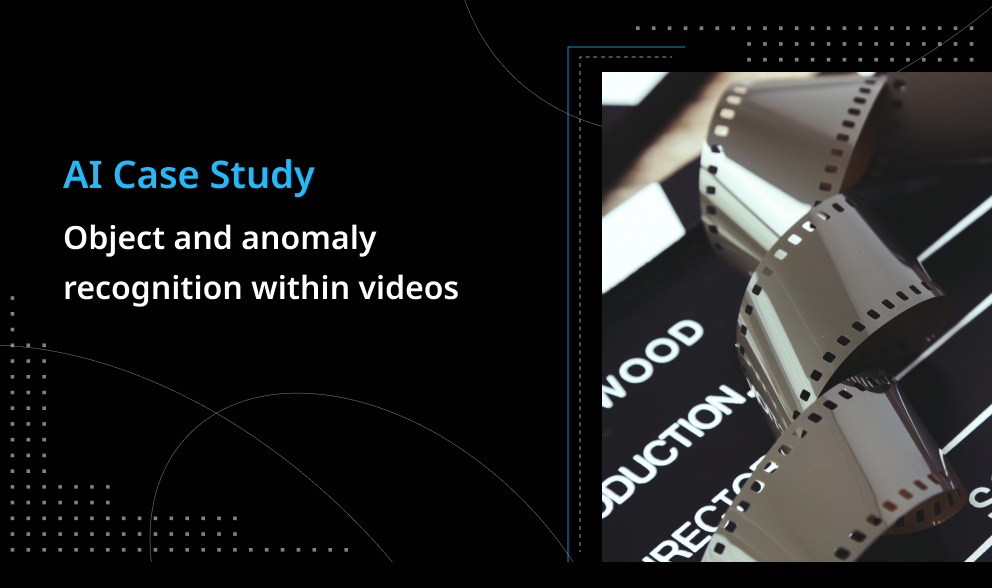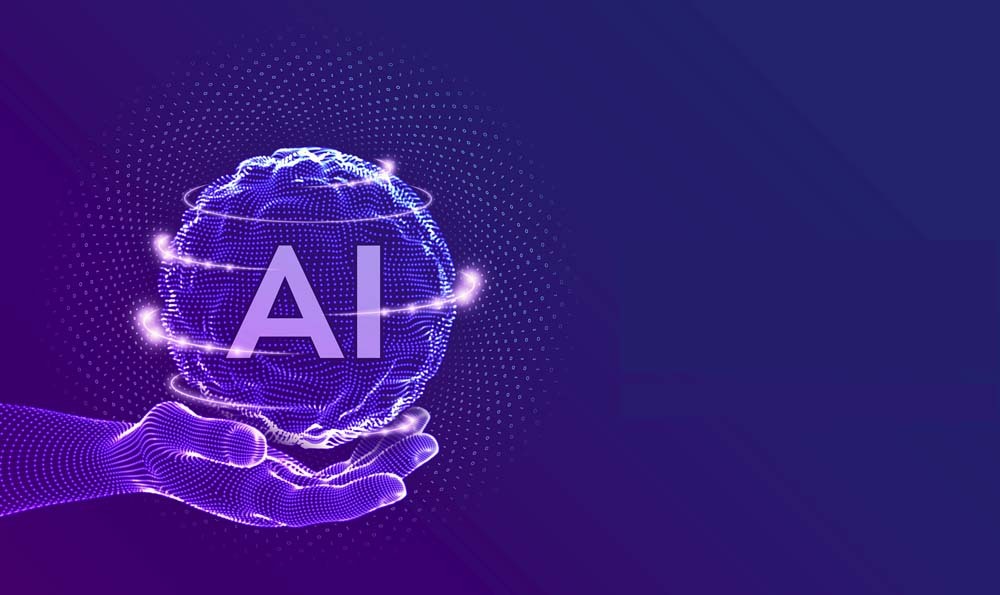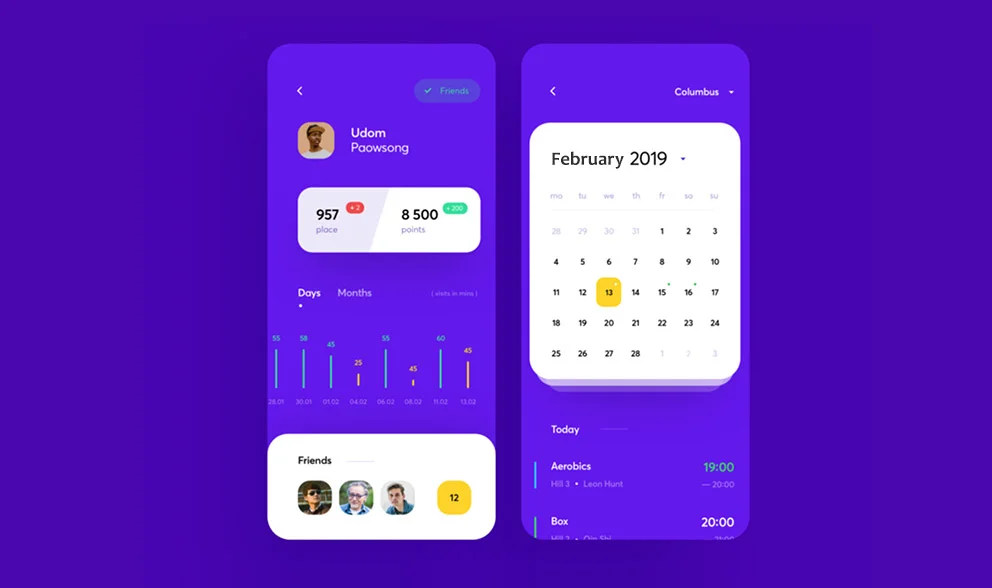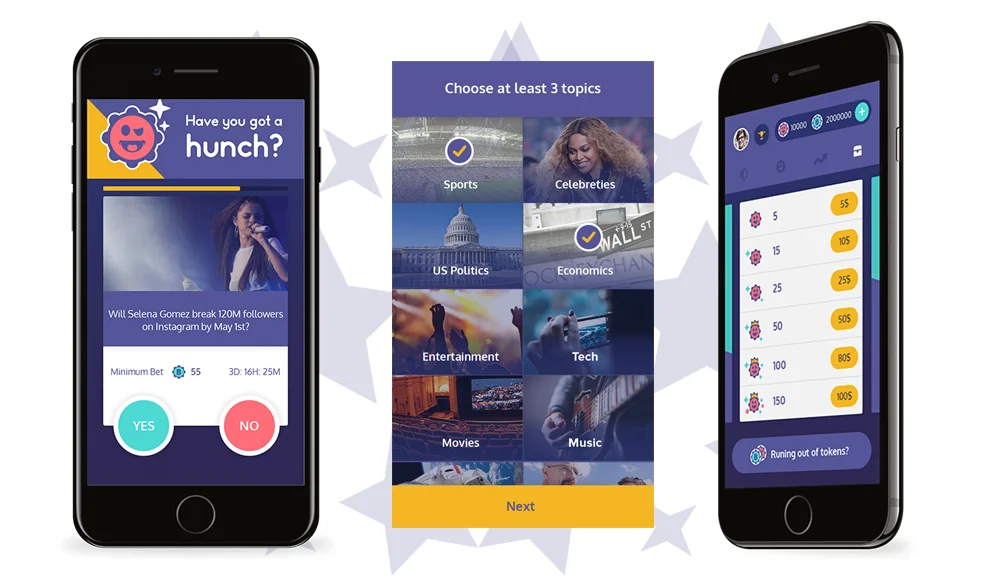Introduction to Wearable Technology
Wearable technology refers to electronic devices or accessories worn on the body, often in clothing or supplements, and equipped with advanced sensors and functionalities. These devices have gained significant importance in today's world as they seamlessly integrate into our daily lives, providing convenience, connectivity, and data insights. Wearable devices include smartwatches, fitness trackers, augmented reality (AR) glasses, smart clothing, and more.
Market Trends and Opportunities
The wearable app development industry is experiencing remarkable growth and presents promising opportunities for app developers. The increasing adoption of wearable devices by consumers and businesses opens up new avenues for creating innovative apps that cater to various needs. From health and fitness tracking to virtual assistance, personalized notifications, and immersive experiences, wearables offer a unique platform for developers to tap into a rapidly expanding market.
Benefits and Use Cases
Wearable apps have numerous benefits and various use cases across multiple industries. In health and fitness, wearable apps can monitor vital signs, track exercise routines, provide personalized coaching, and promote overall well-being. In business, wearables can streamline communication, enhance productivity with real-time data and notifications, and facilitate hands-free operations. Other use cases include navigation assistance, smart home control, gaming, and entertainment.
Technical Considerations
Developing wearable apps requires an understanding of the technical aspects specific to these devices. Popular platforms for wearable app development include Android Wear, watchOS (for Apple Watch), and Tizen (for Samsung devices). Developers must tackle challenges such as limited screen space, optimizing battery life, ensuring seamless data synchronization with other devices, and leveraging device-specific functionalities like sensors and voice control to deliver optimal user experiences.
User Experience Design
User experience (UX) design is crucial in wearable app development. Designers must consider the unique characteristics of wearables, such as small form factors and limited interaction methods. Designing for glanceable information, intuitive gestures, voice control, and contextual interactions ensure that wearable apps provide seamless and engaging experiences tailored to users' needs and preferences.
Integration with Mobile and Web
Wearable apps often integrate with existing mobile and web applications to provide a cohesive user experience across multiple devices. By leveraging the power of smartphones and cloud services, wearable apps can extend functionality, enable data synchronization, and ensure consistent user interactions. The integration allows users to seamlessly transition between their wearable devices and other platforms, enhancing convenience and continuity.
Data Security and Privacy
Data security and privacy are critical considerations in wearable app development. Developers must securely handle user data collected by wearables, implement encryption and access controls, and comply with privacy regulations. Safeguarding user information builds trust and confidence in wearable apps, ensuring the privacy and protection of sensitive data.
Testing and Deployment
Wearable apps require rigorous testing on different devices to ensure compatibility, functionality, and optimal performance. Test strategies should cover various scenarios, considering different screen sizes, operating systems, and device-specific features. Effective testing processes and deployment strategies ensure that wearable apps provide a seamless user experience across various devices.
Future Trends
The future of wearable app development holds exciting possibilities. Advancements in wearable technology, such as augmented reality (AR), virtual reality (VR), and wearable healthcare solutions, offer new avenues for innovation. Wearables will continue to evolve, integrating more seamlessly into our lives and revolutionizing industries like healthcare, entertainment, sports, and more. The ability to deliver immersive and personalized experiences through wearable apps will shape the future of technology and human interaction.






